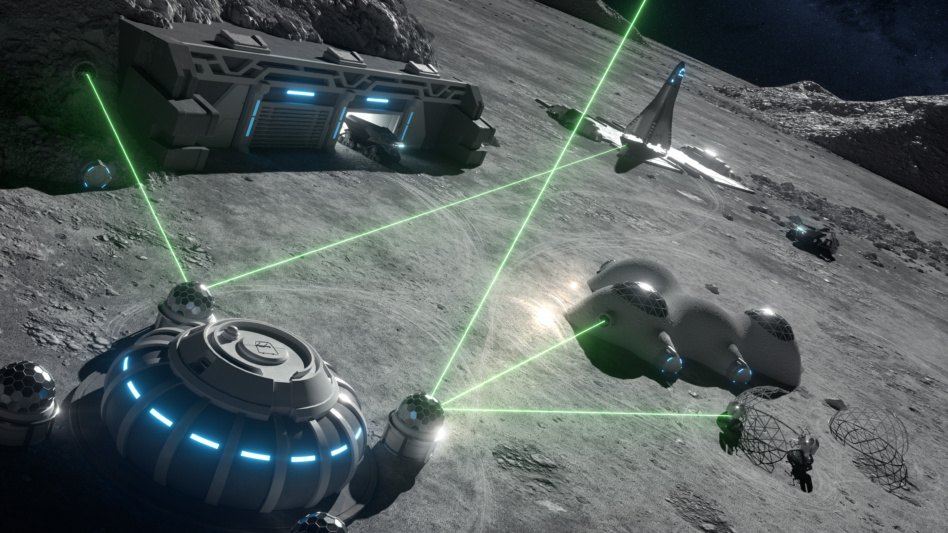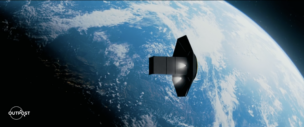Advanced tech can only do as much as the policies that regulate it allow, Lockheed Martin’s space chief said Thursday at an event to sell Washington officials on the moon habitats, in-space manufacturing, and smart cities that the company predicts will be commonplace by 2050.
“The goal really is to start a dialogue and think about not just technology,” Robert Lightfoot, the head of Lockheed’s space portfolio, told a small group of reporters. “We did it here [in DC] because we’re going to have a lot of the policymakers come in…and they can tell us, ‘If you’re going to do that, these are the policies we need to be thinking about now.’”
The vibe: For the Destination: Space 2050 event, Lockheed filled an industrial event space near the Capitol with interactive exhibits, including a video game-esque opportunity to drive the lunar lander and the chance to build a moon colony based on your top priorities. The event, which included a Mars-themed mocktail and branded space pens as swag, felt a little more unbuttoned than those typically hosted in the company’s Arlington-based Global Vision Center.
No company is an island
It won’t be just Lockheed engineers designing and building all the tech to achieve these big goals by themselves. The aerospace giant will partner with non-traditional companies or smaller space startups to capitalize on capabilities that already exist and bring capabilities to market faster.
“I would love to do this organically inside of Lockheed Martin, but to get the missions done that I need, especially the near-term ones, I may not have time, and these folks are already ahead of me,” Lightfoot said, adding that one-third of capital from Lockheed’s corporate VC arm is going to space startups.
The customer is always right
Lockheed will launch a demo mission in early 2023 to prove out its LM 400 satellite bus. Lightfoot, who led NASA temporarily for a whopping 406 days at the start of the Trump administration, said the company is planning yearly self-funded demo flights as government customers increasingly expect companies to shoulder more risk and fund more development.
“I’m a former NASA guy, a former customer. What’s really different here is we are doing the investment to retire risk before a program of record,” he said. “I believe [customers] are looking for that maturity.”
“Fail fast, fail forward”
On changing culture at the legacy company, Lightfoot said it’s “a real issue” to convince engineers that it’s okay for demo missions to fail. One example: Lightfoot saw the Pony Express nanosatellite demo mission, which was only supposed to last six weeks, as a huge success after it lasted six months. But engineers saw it as a failure because they wanted it to last two years. “Our team’s bar is so high,” he said. “How do I get them to understand that was awesome?”
Why 2050? Looking 28 years out is really just one generation, Lightfoot said. “It’s far enough out that we’ve got time to get the technology in place, but not so far out that it’s science fiction.”




